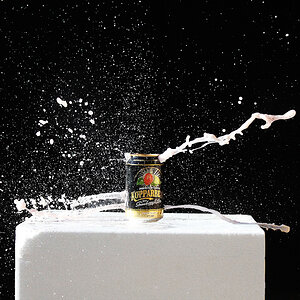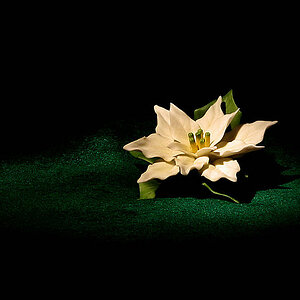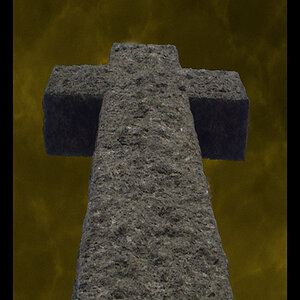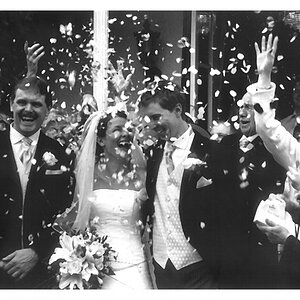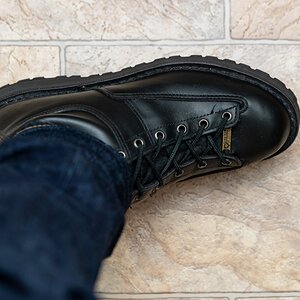Derrel
Mr. Rain Cloud
- Joined
- Jul 23, 2009
- Messages
- 48,225
- Reaction score
- 18,941
- Location
- USA
- Website
- www.pbase.com
- Can others edit my Photos
- Photos OK to edit
Minolta made some exceptional lenses including for Leica (yes!,)
Can you name which Leica lenses?
from: Leica FAQ - Japanese R lenses — any good?
16mm fisheye (Leica still has these in stock AFAIK)
24mm Elmarit-R (early version made by Minolta, current version made by Leica from Minolta design)
35-70 f/3.5 (discontinued, early version made by Minolta, late version assembled by Leica with Minolta optical cell)
80-200 f/4.5 (discontinued)
75-200 f/4.5 (discontinued)
70-210 f/4 (discontinued)
500mm Mirror lens (discontinued)





